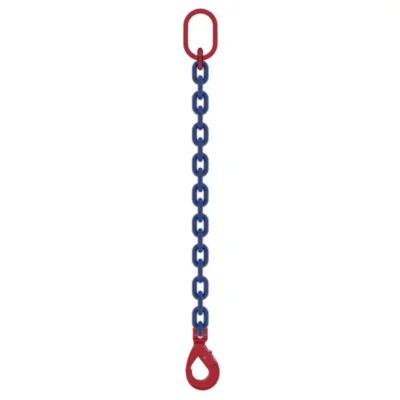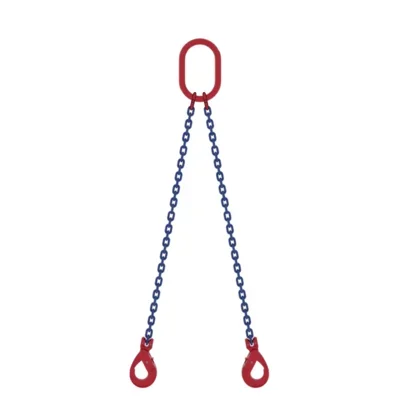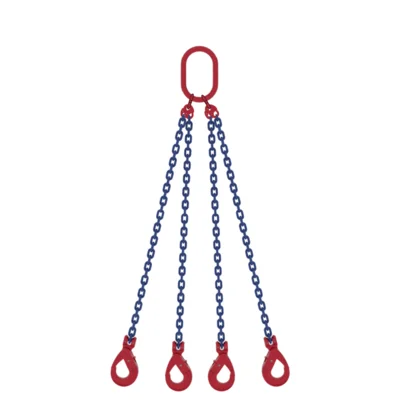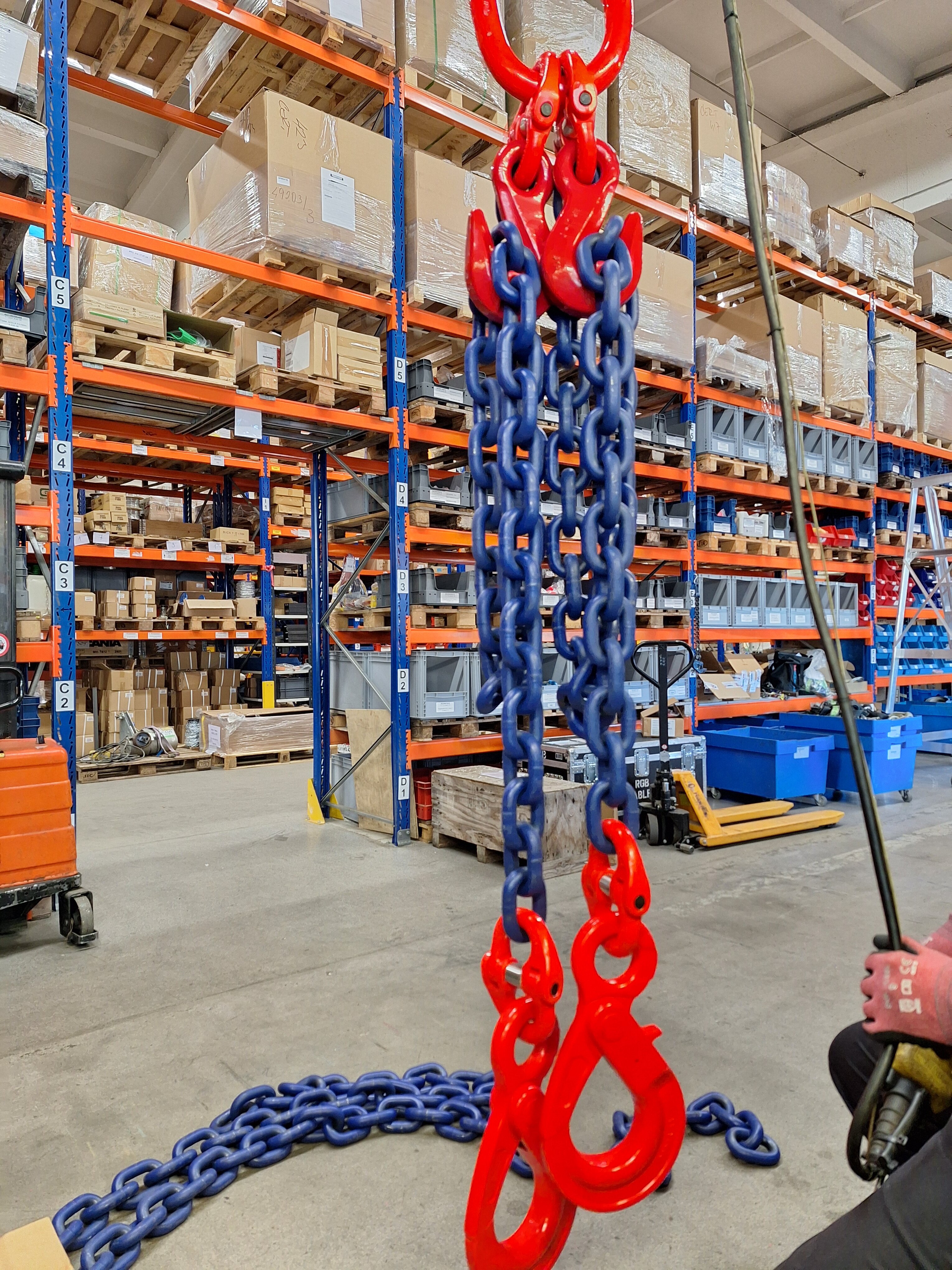Types of chain slings – which one to choose and when?
Chain slings are available in many configurations, which allows them to be adapted to the type of load, lifting method, and working conditions. Choosing the right type of sling affects not only the safety of operations but also the efficiency and convenience of work.




Single-leg sling (1-leg)
For simple applications, single-point lifting, or using the sling as an extension of the hook.
Double-leg sling (2-leg)
Most commonly used – allows stable lifting of a load at two points.
Three-leg sling (3-leg)
Provides even weight distribution when lifting irregularly shaped loads.
Four-leg sling (4-leg)
For heavy and large loads with multiple attachment points – highly stable.

What to consider when choosing a sling?
- Load weight and dimensions – determine the number of legs and chain grade
- Attachment points – define the length and type of hooks
- Working conditions – high temperature, aggressive environment, outdoor use
- Required flexibility – need for adjustable length or quick assembly/disassembly
A well-selected sling means not only convenience, but above all safety for operators and equipment.
Adjustable and non-adjustable slings
- Non-adjustable
Classic slings with fixed leg length. A simple, durable, and economical solution. - Adjustable (with shortening hooks)
Allow the length of each leg to be adjusted individually – ideal when the load has an irregular shape or its center of gravity is not symmetrical.

